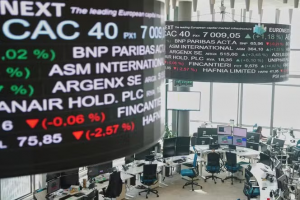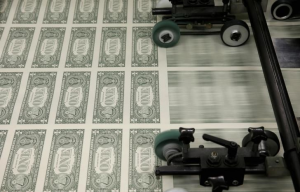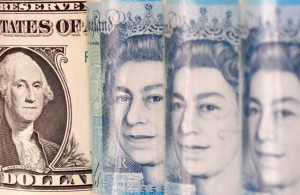Oil prices steadied Thursday as traders digested hawkish signals from the Federal Reserve, while US President Donald Trump reiterated plans to increase domestic energy production.
At 08:15 ET (13:15 GMT), Brent oil futures expiring in March fell 0.2% to $75.50 a barrel, while West Texas Intermediate crude futures dropped 0.2% to $72.40 a barrel.
Oil prices were nursing losses over the past week after Trump called for lower oil prices and higher output in the US and other major suppliers. Data showing a bigger-than-expected build in US oil inventories also weighed on crude prices.
Markets remained largely skittish over Trump’s plans to impose more trade tariffs on major global economies, especially China. The White House on Wednesday reiterated his plans to begin imposing tariffs from February 1.
Trump tariffs, energy policy in focus
Trump on Wednesday claimed that the Fed had failed in stopping the “problem they created with inflation,” and that he would help ease price pressures by “unleashing American energy production,” among other measures.
Trump’s comments repeated his rhetoric for more US energy output, after the 47th President declared an energy emergency last week and called for more domestic output, while scaling back climate-related restrictions on the industry.
Separately, Trump had also called on the Organization of Petroleum Exporting Countries to increase production and lower oil prices. His goal of bringing down oil prices is likely part of Trump’s agenda to ease U.S. inflation.
Oil markets had reacted negatively to Trump’s plans for more output, although analysts did not see an immediate increase in production under Trump.
Trump’s plans for trade tariffs also remained a point of concern, especially as the White House reiterated that Trump will impose 25% tariffs on Canada and Mexico, and a 10% duty on China from this Saturday.
More economic headwinds for China bode poorly for global oil demand, given that the country is the world’s biggest oil importer.
Markets digest hawkish Fed outlook, ECB cut
Market sentiment was also dented by hawkish signals from the Fed, which kept interest rates steady on Wednesday as widely expected.
But the central bank was seen striking a hawkish chord on future easing, with Fed Chair Jerome Powell flagging little intent to cut interest rates in the near-term amid sticky inflation and labor market strength.
In Europe, the European Central Bank eased interest rates earlier Thursday, as widely expected, but this easing was largely overshadowed by data showing the eurozone economy stagnated last quarter adding to fears that a long-predicted recovery could be further delayed.
Gross domestic product in the 20 nations sharing the euro was unchanged compared with the previous quarter, falling short of expectations for a 0.1% expansion, as two straight years of contraction in Germany weighed on the bloc as a whole.













